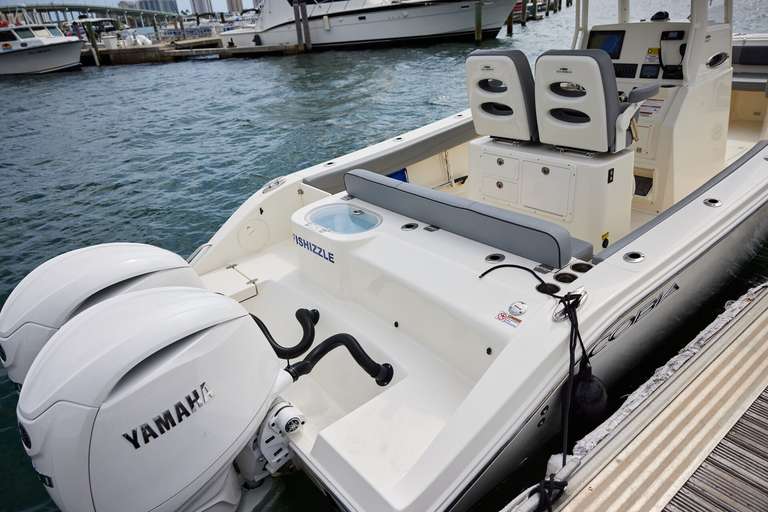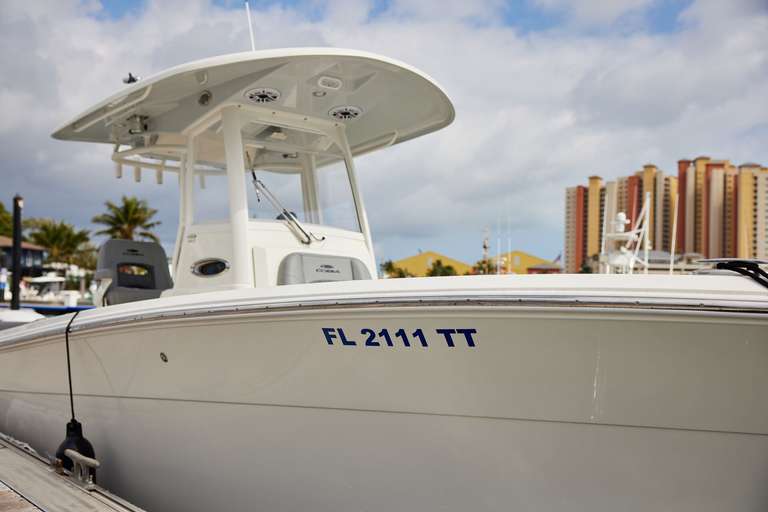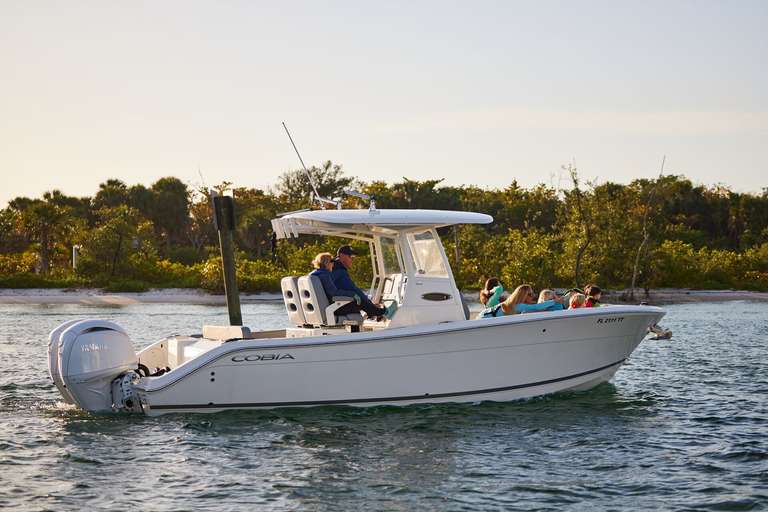Types of Boat Navigation Lights and Requirements [A Guide]
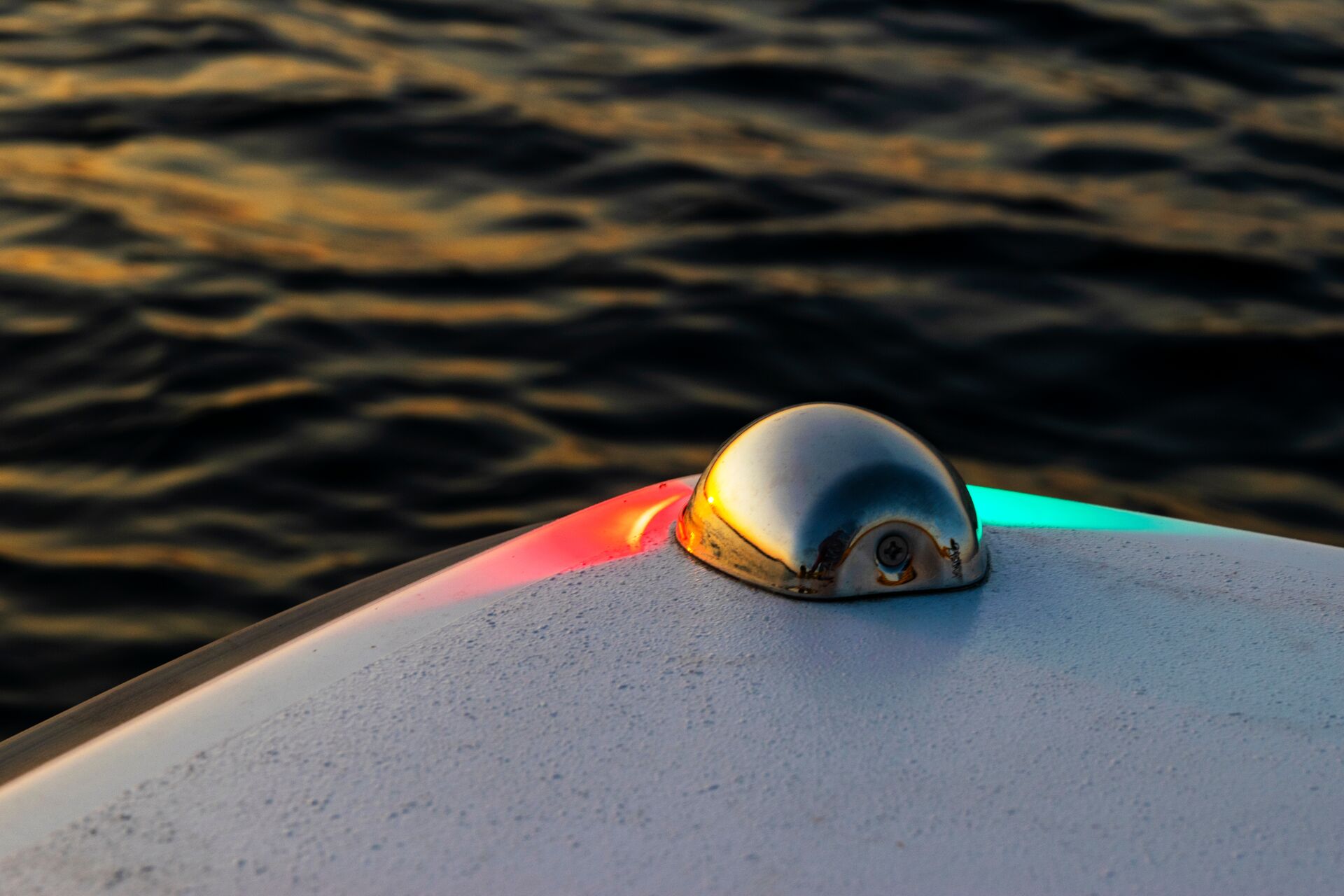
Navigation lights are a very important safety system on a boat. These lights help all boats navigate the waters between sunset and sunrise and in events with reduced visibility, such as rain and fog.
Using these lights appropriately helps boats navigate safely and identify the give-way vessel to avoid collisions.
So, what are the different types of boat navigation lights? Which ones do you need for your boat? Keep reading for our guide to these lights for boats!
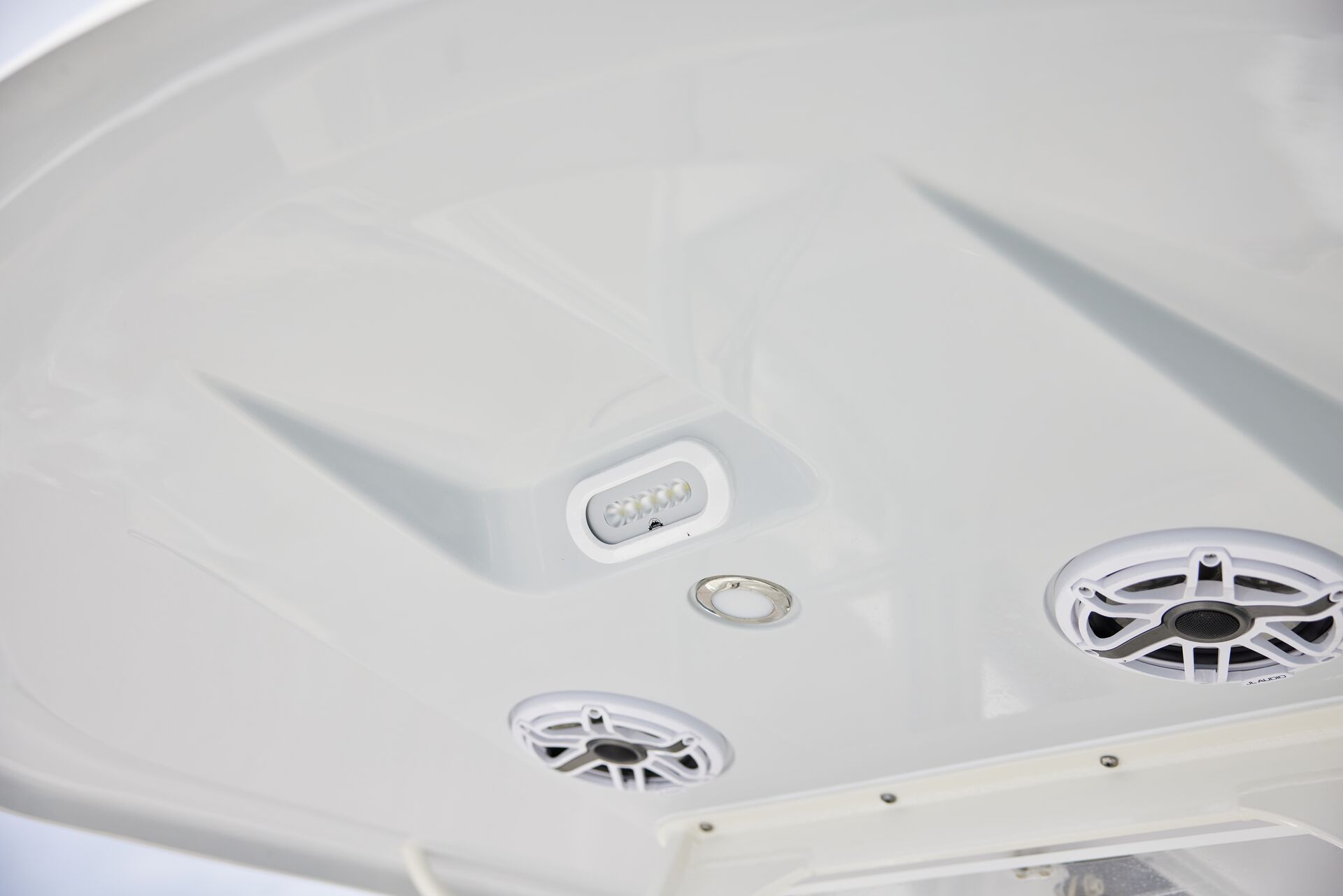
What Are the Types of Boat Navigation Lights?
Depending on the type of boat you operate and its size or length, you could need different lights to meet legal requirements.
Whether you're new to boating or just brushing up on your lighting knowledge, here are a few of the crucial lights you may need for your vessel.
- Sidelights (or combination lights). These are red and green lights that are only visible to approaching vessels. The red light highlights the vessel's left, or port, side. The green light highlights the starboard (or right) side.
- Sternlights. These are white lights located at the stern of the boat. It is only visible on the water if you're behind the vessel.
- The masthead light. All power-driven vessels at least 39.4 feet long need this light. It is a white light that shines forward and to both sides.
An all-around white light may be used to replace the masthead light and stern light in vessels less than 39.4 feet in length. This light can be seen by other vessels in any direction.
How to Know Which Lights You Need
The rules to determine which navigation lights should be displayed depend on the following:
- The length of your vessel.
- How your vessel is powered — engine or sail.
- The location of your vessel — inland or international waters.
- Whether your vessel is at anchor.
Before you assume your boat doesn't need one or more of these lights, know that boating without proper lighting could lead to penalties.
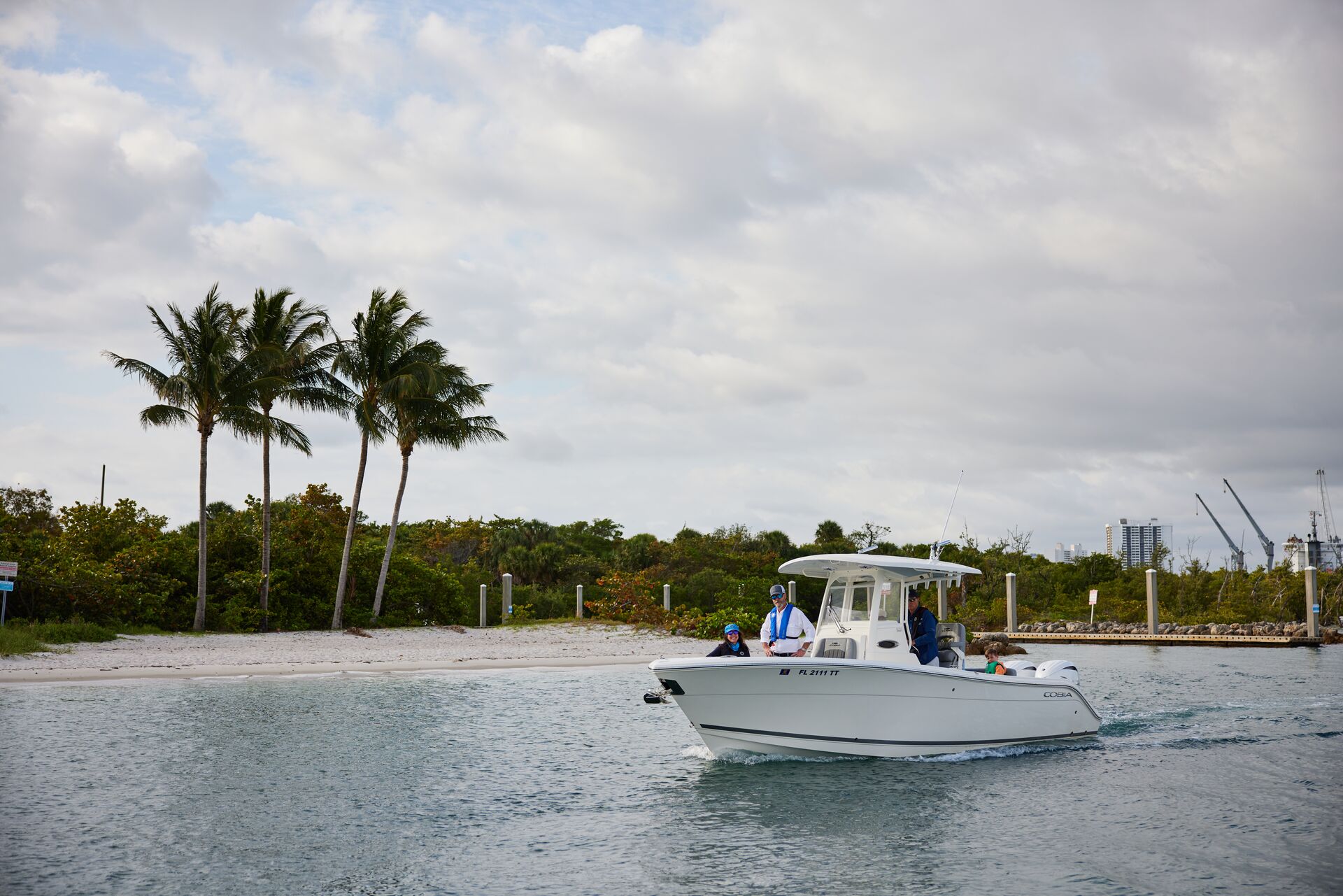
When to Use Navigation Lights
Boat lights can help you avoid a boating accident when boating at night or in low-visibility situations.
Powered recreational vessels, including sailboats, while under power, are required to use the following navigation lights when operating between sunset and sunrise or in periods of restricted visibility.
Powered Boats Less Than 39.4 Feet, or 12 Meters
Your motorized boat needs:
- One all-round white light that illuminates 360 degrees and for two miles, and . . .
- One pair of red and green sidelights that illuminate 112.5 degrees and for one mile.
The all-around white light should be positioned at least 39 inches above the sidelights.
Figure A below shows this setup for a boat.
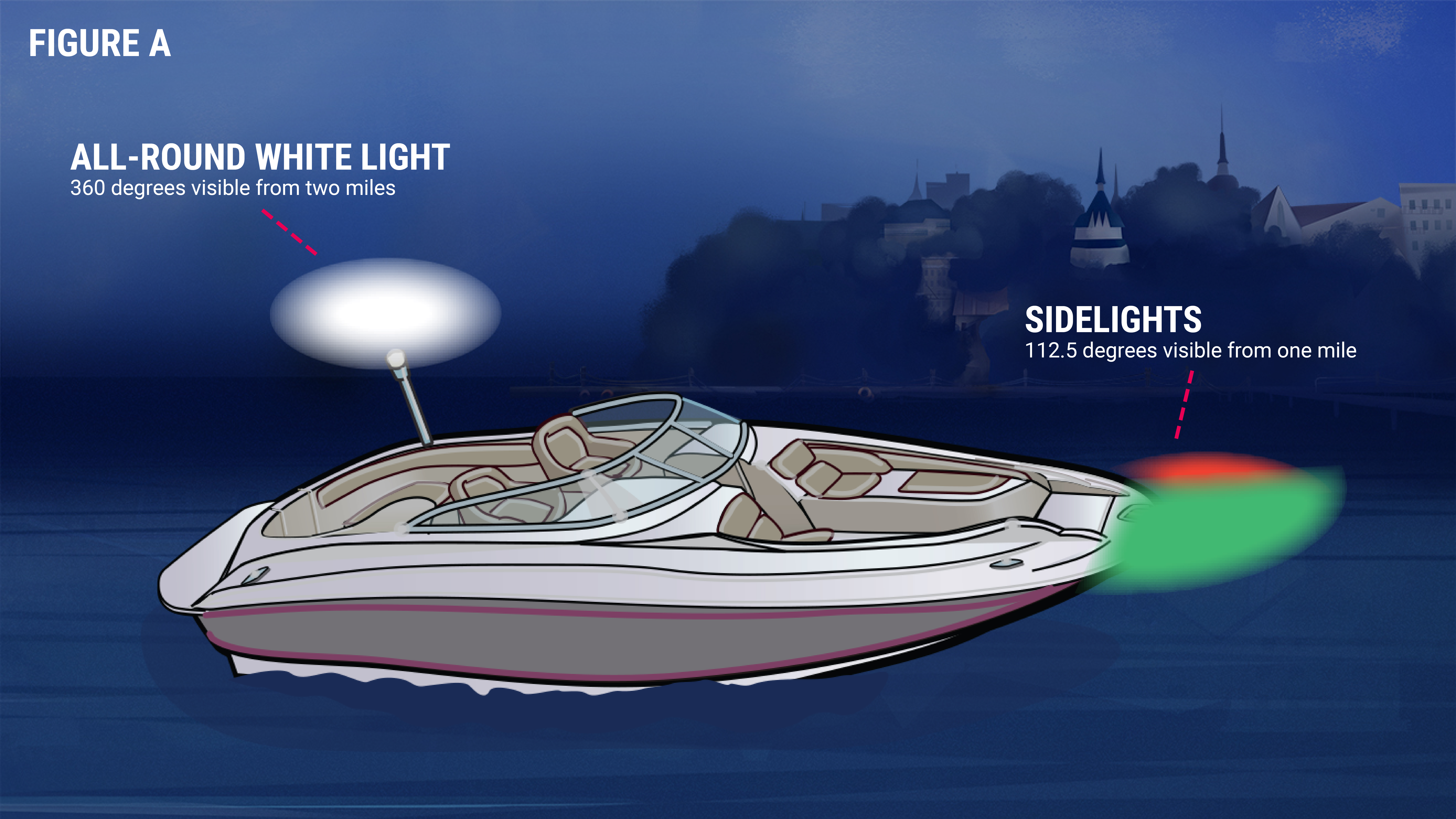
Powered Boats Greater Than 39.4 Feet but Less Than 65.6 Feet or 20 Meters
If your boat falls within these lengths, it needs:
- One masthead light that illuminates 225 degrees and for two miles
- One stern light that illuminates 135 degrees for two miles
- One set of red and green sidelights that illuminate 112.5 degrees for one mile
Note that the combined radius of the masthead light and the stern light is 360 degrees. The masthead light must be at least eight feet above the gunnel.
Figure B below shows this configuration.
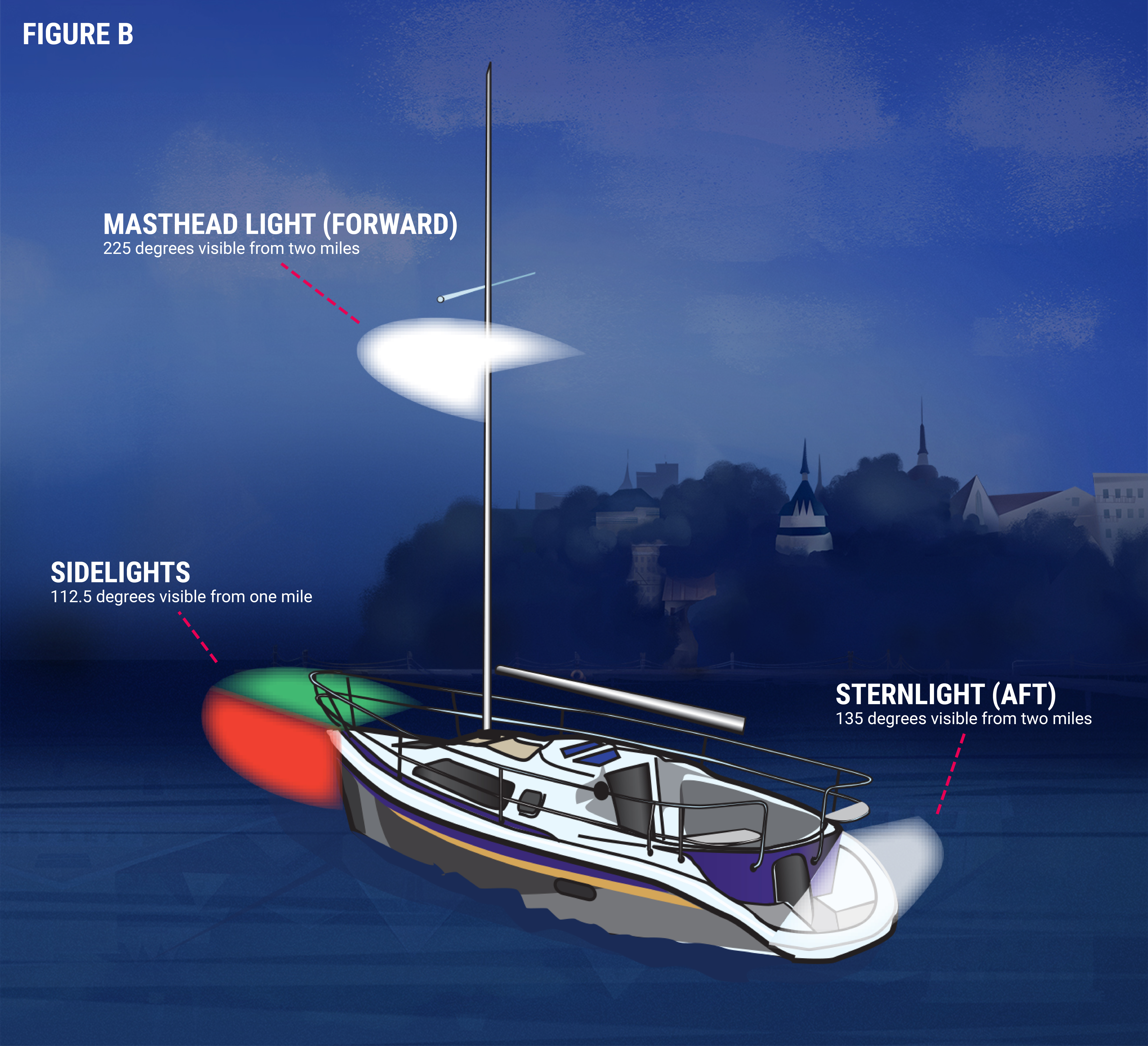
When to Use Boat Navigation Lights at Anchor
When the boat is at anchor and not in a designated anchoring area, such as a marina, all-round white lights should be used to ensure the vessel can be seen by all boats in the area.
Does My Unpowered Boat Need Navigation Lights?
Again, the length of your boat determines the lighting you need.
All sailboats over 23 feet in length, or seven meters, operating between sunset and sunrise and in periods with restricted visibility, are required to have the following lights:
- A white stern light that illuminates 135 degrees for two miles
- Red and green sidelights that illuminate 112.5 degrees for one mile
These vessels can use independent sidelights and white lights or use a tricolor light combination in their place.
The tricolor light combines red, green, and white lights into one unit. However, the tricolor light can never be used while a vessel is under power, regardless of whether or not its sails are hoisted. Tricolor lights also should not be displayed at the same time as regular sidelights.
Vessels under Oars or Paddles and Sailboats under 23 Feet
Sailboats under 23 feet, or seven meters, only need to display a white light — such as a lantern or a flashlight — when operating between sunset and sunrise or during periods of restricted visibility. Sidelights are also a good idea, but not required.
Canoes, kayaks, and rowboats are also required to display a white light between sunset and sunrise and during periods of restricted visibility.
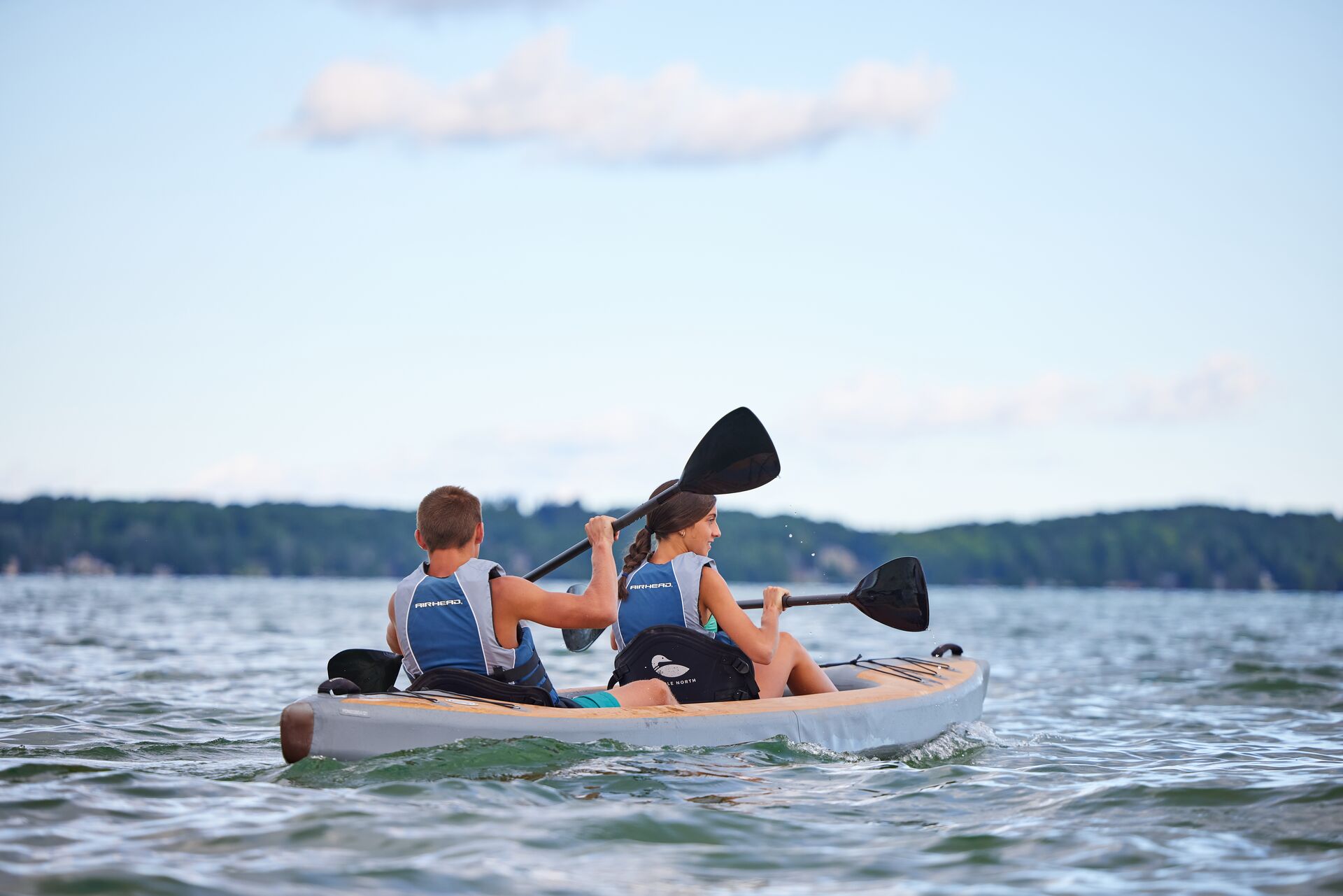
Shed More Light On Your Boat Safety Knowledge with a Boater Education Course
Properly lighting your boat with navigation lights is crucial to safe boating at night or in low visibility conditions on the water. We've covered some of the details here today, but there's much more to learn about lighting, navigation, and safety when operating a boat.
One of the best ways to gain the full range of knowledge you need to drive a boat is to take a boater education course through ilearntoboat! Our online, gamified courses teach you everything you need to know — plus they meet state requirements for boater education.
So, choose the course for your state, enjoy it, and then hit the water safely and legally!
First published in February 2021. Content most recently reviewed and updated for accuracy and relevancy November 13, 2024.

